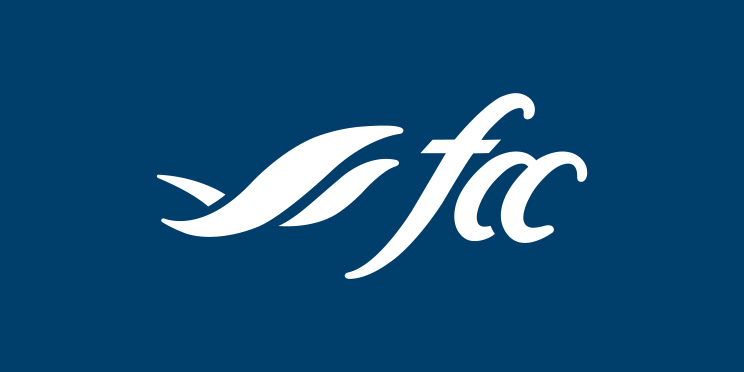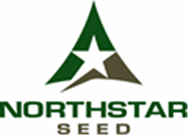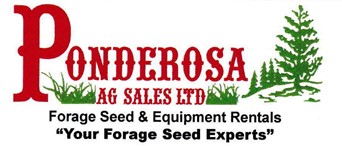CEC Grassland Beneficial Management Practices Project Complete

Saskatchewan Project
The Saskatchewan Forage Council was selected by the Canadian Forage and Grassland Association (CFGA, as one of the provincial partners on the Commission for Environmental Cooperation (CEC) Grassland Beneficial Managment Practices (BMP) pilot project. By working with our provincial partners and contacts the SFC successfully identified Coy Schellenberg-Perrin Ranching, Beechy, SK to work with on this project.
The Schellenberg Family has always taken pride in their native landscape and, like the generations before them, manages grazing so as to preserve this resource by maintaining biopersity and a healthy ecosystem. Healthy productive grass and riparian areas, clean water, and abundant wildlife are signs of this careful stewardship.
This project consisted of cross-fencing one of the ranch’s largest native pastures. The pasture was five sections (3200 acres – 1295 hectares), and a plan to cross-fence it has been long in the works to allow for improved control of grazing frequency, intensity, and duration. This project was completed during early spring of 2015. Results will be monitored by conducting range health assessments over the next number of years to ensure that range health is being maintained or improved.
To read the final report (pdf), click here.
Posted April 4, 2016
















